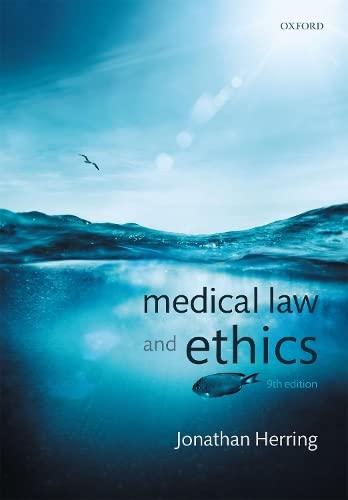Question
1. How can an auditor spot acts of creative accounting? I mean, for example, the excess of provisions or the non-elimination of intra group transactions
1. How can an auditor spot acts of creative accounting? I mean, for example, the excess
of provisions or the non-elimination of intra group transactions with value added.
2. I heard talk of the Earnings Yield Gap ratio, which is the difference between the
inverse of the PER and the TIR on 10-year-bonds. It is said that if this ratio is positive
then it is more advantageous to invest in equity. How much confidence can an
investor have in such an affirmation?63
3. I have a doubt regarding the Enron case. How could such a prestigious investment
bank advise investing when the quotations of the shares were falling?
4. Is the following affirmation of an accountancy expert true? "The valuation criterion
which reflects the value of the shares of a company in the most accurate manner is
based on the amount of the shareholder's equity of its balance sheet. Stating that the
value of a company's shares equals its book value is a valid argument."
5. Could we say that goodwill is equivalent to brand value?
i will only accept correct answers
6. What is NOPAT (Net Operating Profit After Tax)?7
7. What is EBITDA (Earnings Before Interest, Taxes, Depreciation and Amortization)?
8. I do not understand the meaning of Working Capital Requirements. I think it should
be similar to Working Capital (Current Assets - Current Liabilities). Am I right?53
9. Why can we not calculate the required return (Ke) from the Gordon-Shapiro model
[P0 = Div0 (1+g) / (Ke - g)] instead of using the CAPM? As we know the current
dividend (Div0) and the current share price (P0), we can obtain the growth rate of the
dividend from the formula g = ROE (1-p)/(1 - ROE (1-p)), p being the payout.
10. Assume I calculate g as ROE (1-p)/(1-ROE (1-p)) and the Ke from the CAPM. I replace
both values in the formula PER = (ROE (1+g) - g)/ROE (Ke-g) but the PER I obtain is
totally different from the one I get by dividing the quotation of the share to the
earnings per share. Is it possible to interpret that difference as an overvaluation or
undervaluation of that share on the market?
Step by Step Solution
There are 3 Steps involved in it
Step: 1

Get Instant Access to Expert-Tailored Solutions
See step-by-step solutions with expert insights and AI powered tools for academic success
Step: 2

Step: 3

Ace Your Homework with AI
Get the answers you need in no time with our AI-driven, step-by-step assistance
Get Started


